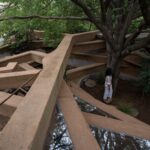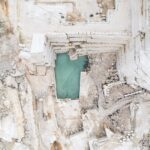Plastic – a boon or a bane? Before one delves into this endless ongoing debate, it is essential to understand the material itself. The workshop during week eight on upcycling plastic presented us with the opportunity to do exactly that.
I started preparing for the workshop by collecting plastic bottles around the house and browsing the internet for crafty inspirations. The idea was to model a planter I could bring back home and serve its purpose.
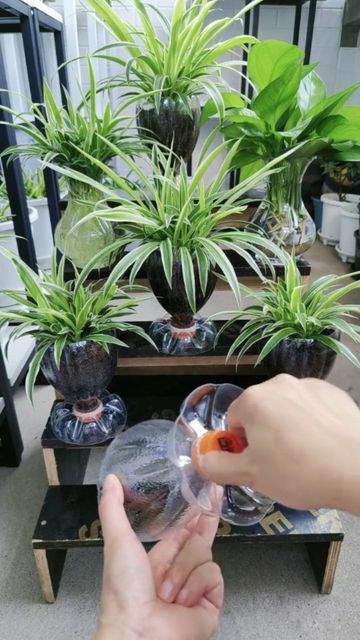
Available at – https://www.pinterest.co.uk/pin/
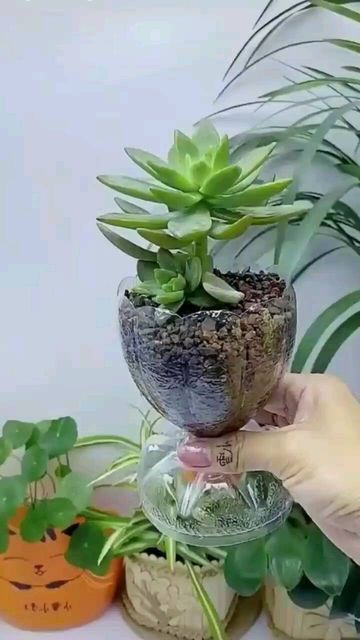
Available at – https://www.pinterest.co.uk/pin/
The process seemed simple enough – the top half of the bottle had to be cut, the central portion of the bottom half had to be lacerated, and the rim of the top half had to be then inserted into the central cut and fastened with the bottle cap from the posterior end for the structure to remain intact. Simple enough (not).

My smug triumph at perfectly detaching the top portion from the rest of the body quickly vanished when the bottom portion of the bottle refused to behave the way I had complacently intended it to. Material recalcitrance, Jane Bennett had mentioned in the chapter ‘The Force of Things’ of her book ‘Vibrant Matter: A Political Ecology of Things’. Material recalcitrance, where the inanimate entity was opposing control. The retractable blade knife that had worked fine for the top half refused to cause the same form of damage to the bottom half. The cuts the blade made were visible, but they weren’t strong enough to pierce through the dense plastic at the base of the bottle.

The application of heat softened plastic, this I knew. But what I hadn’t accounted for was the deformation of the shape of the base and the fumes the material emanated on the application of said heat through the medium of a lighter. Material recalcitrance, again.

With the base of the bottle not beneficial to my crafty composition anymore and the idea of a planter down the drain, I decided to use the mid portion of the bottle instead, along with the top to fashion a sculptural vase.
The top portion when inverted into the mid portion held itself pretty well structurally but dwindled a bit upon touch. Hence, I decided to use clear superglue to attach the two portions. This was a spectacular fail as well since the glue chemically reacted with the plastic and presented frosty imprints on the bottle. At this point, I decided to respect the opposition and left the composition to its own device. However, the material finally complied with me when I decided to roll a piece of leftover plastic to add some aesthetic, and my “sculptural” piece was finally complete.
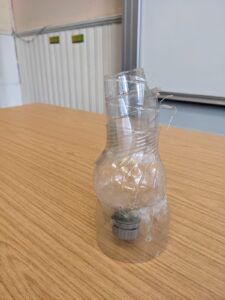
Safe to say, it was not easy to work with plastic, especially with limitations concerning appropriate tools and instruments. The concept of sculpting a planter would have worked if I had had the necessary tools for it and I still believe it is an acceptable, “do-it-yourself” method of upcycling plastic bottles. However, I would limit this to an individualistic level and would not consider scaling up due to concerns with quality and easy deformation.
Bibliography –
Bennett, J. (2010). Vibrant Matter: a Political Ecology of Things. Durham: Duke University Press



